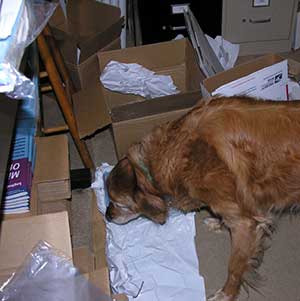
Now that you’ve done some basic market research, you can get more specific about your book topic. At this point, it’s a good time to put on your marketers hat. Pretend the book already exists and start writing some marketing copy as if the book were being released today. Start thinking about how you will market your book on launch day and beyond.
Even if you plan to self-publish your book, you should think about writing a lot of the elements in a traditional book proposal. Why? Because a book proposal has a lot of the same information as a marketing or business plan. Publishing a book is like releasing any other product, so it helps to have a plan.
Writing even a basic book proposal forces you to think about the book from a marketing standpoint. If you write about your book before you write the book itself, you can think about a lot of the things that a publisher would want to know ahead of time. Whether the publisher is you or a Big Company, you need to know who will read the book (the market), competing books, and how you plan to market the book when it’s finished. If you went through steps 1-3, you should have a lot of the information you need.
After you’ve done your marketing work, you can start looking through your blog archives for material you can reuse. A lot of the content of my 10 books is from articles that already existed online. (Some of the articles are so old that they predate blog software like Typepad and WordPress, proving that quality doesn’t go out of style!)
However, as I was compiling the information from my old articles I always kept the reader and the end product firmly in mind. I knew exactly what the book would be about and who would read it. Because I already had written up information about the reader, researched the competition, and thought about how I was going to position the book in the marketplace, it was much easier to decide what article content to keep and what to leave out.
I knew how I could re-slant my existing articles so they’d make sense as a book and what material I still had to write to complete the project. Remember that the goal is not to recycle everything you’ve ever written. It’s to take your best stuff and repurpose it into a good book that gives people helpful information.
Next time in step 5, I’ll talk about defining your book’s unique selling proposition.
Did you miss a step? Here are links to the Blog Your Book series:
Overview – Blog Your Book: It’s Not As Hard As You Think.
Steps:
- Ask your community about their biggest problems.
- Brainstorm ideas and use a mind map or outline to organize them.
- Research the competition.
- Refine your topic and search for content you can “recycle.”
- Define your book’s unique selling proposition.
- Set aside writing time and establish deadlines.
- Learn about the book business and decide on a publishing path.